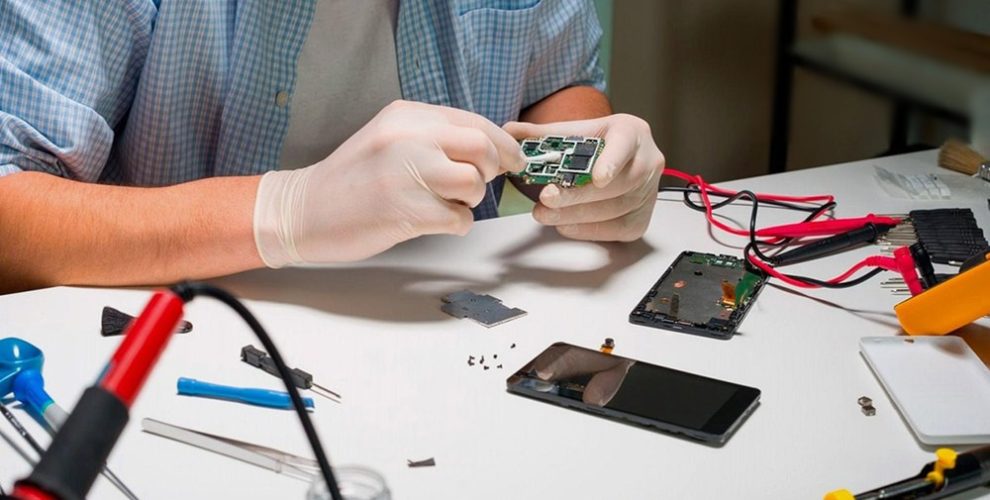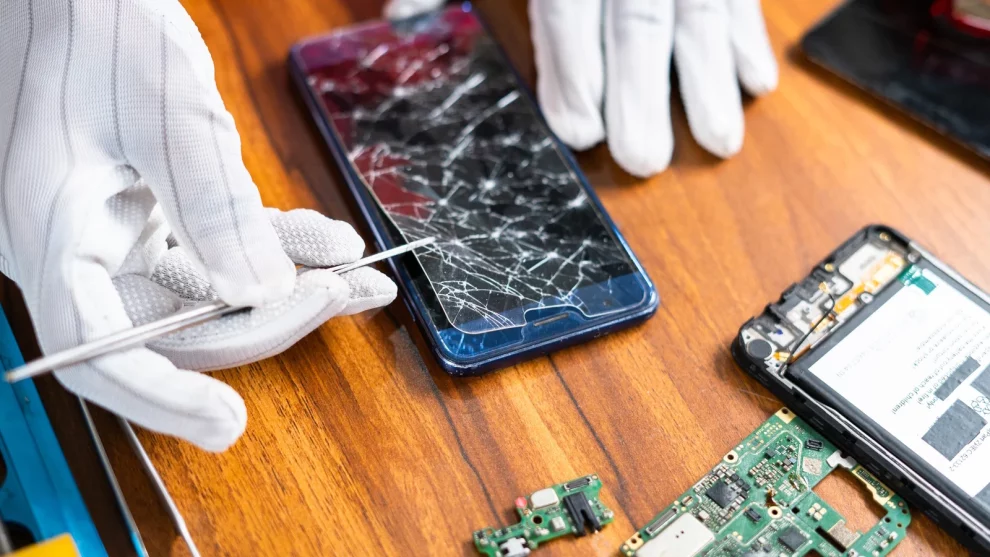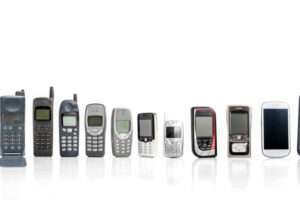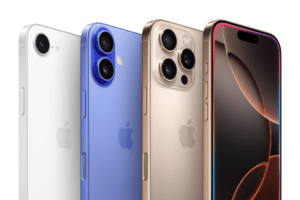The dreaded cracked screen – it’s a digital heartbreak we’ve all experienced. But with rising concerns about e-waste and sustainability, the question of repairing instead of replacing phones takes center stage. And that’s where repairability scores come in, aiming to guide us towards eco-friendly choices.
So, what exactly are repairability scores?
These are numerical evaluations, typically ranging from 0 to 10, assigned to electronic devices based on their ease of repair. Higher scores indicate a device that’s designed with repair in mind, while lower scores signify a device that might be tougher (or even impossible) to fix.
But who gives these scores, and how are they calculated?
Several organizations around the world, like France’s ADEME and the US’s Public Interest Research Group (PIRG), assess devices based on various criteria:
- Availability of spare parts: Can you easily find replacement parts like screens, batteries, or buttons?
- Disassembly difficulty: How easy is it to open the device without causing damage?
- Repair documentation: Does the manufacturer provide clear repair manuals and guides?
- Cost of repairs: Are official repairs affordable, or are third-party options readily available?
So, what does a good repairability score mean for your broken screen?
A high score (8-10) suggests a device with readily available parts, easily accessible internals, and comprehensive repair resources. This significantly increases the chances of a successful and relatively affordable screen repair, extending the life of your phone and reducing e-waste.
But what about phones with low scores (0-3)?
These devices might be designed for replacement rather than repair. Spare parts might be scarce or expensive, internal components tightly glued or soldered, and official repair options limited. Fixing a broken screen could be near impossible, or financially unsustainable, pushing you towards buying a new phone.
Beyond screens: What else do repairability scores tell us?
While most attention focuses on screens, repairability scores consider the bigger picture. A good score often indicates a device built with modular components, easily replaceable batteries, and durable designs. This translates to potentially fixing various malfunctions, not just screen cracks, further extending the device’s lifespan.
Remember, repairability scores are not the only factor to consider.
Price, features, and personal preferences still play a role in your decision. However, they provide valuable information for eco-conscious consumers wanting to make informed choices. By opting for devices with high repairability scores, you can contribute to reducing e-waste, saving money on repairs, and promoting sustainable tech practices.
So, the next time you’re choosing a phone, take a moment to check its repairability score. It might just save you from a digital heartbreak and lead you towards a more sustainable future.
Read on to learn more details about repairability scores, their implications, and how they can guide your next phone purchase towards an eco-friendly and sustainable choice.
What Exactly Goes Into Calculating a Repairability Score?
Assessing how easily a complex piece of electronics like a smartphone can be repaired is no simple task. Multiple factors determine whether fixing common issues like a cracked screen or battery replacement is realistically possible for an average consumer.
That’s why organizations calculating repairability scores rely on detailed criteria before assigning a rating. Here are some of the key elements they consider:
Ease of Disassembly
Can an average person open up the device without specialized tools or causing irreversible damage? Smartphones held together mostly with screws and flex cables are easier to access than ones heavily relying on strong adhesives.
Spare Parts Availability
Are replacement parts like batteries and screens readily purchasable via the manufacturer or third-parties? Widespread availability of affordable components strongly improves odds of repair.
Modularity of Components
Are key parts like the charger port, camera module and fingerprint sensor separate replaceable units? Or are they soldered onto the main device making repairs impractical?
Repair Documentation
Does the manufacturer provide guides, manuals and schematics detailing repair procedures? Detailed documentation makes fixes far easier for both professionals and average consumers.
Diagnostic Capabilities
Are inbuilt diagnostics or external test points provided to troubleshoot issues? Diagnostic aids let you quickly identify components that need replacement.
Official Repair Services
Does the company offer affordable out-of-warranty repairs via authorized service centers? Or do they restrict access to spare parts making third-party repairs the only option?
Weighing Tradeoffs: Factors Not Considered in Repairability Scores
However, ease of repair alone doesn’t determine whether a smartphone is “good” or “bad”. Manufacturers have to balance multiple competing priorities while designing devices.
Some examples of factors not considered by repairability scores include:
Water and Dust Resistance
Ingress protection seals necessary for water resistance make opening devices harder for repair.
Device Thinness
Ultra-thin devices leave less internal space for modular components and access fasteners.
Feature Set
Higher component density for features like multiple cameras and edge-to-edge displays reduce internal layout flexibility.
Manufacturing Ease
Design choices favoring easier and cheaper manufacturing and assembly may negatively impact repairability.
So while repairability scores serve an important purpose for environmentally conscious buyers, they aren’t meant to be the sole criterion for judging a phone’s overall merit.
Repairability Scores Around the World: How Rating Systems Vary Between Countries
Multiple agencies globally publish repairability ratings for electronic devices like smartphones aimed at their own markets. And methodology does end up varying based on regional differences.
French Repairability Index
Introduced under France’s new repairability law in 2021, this index focused on the European market is notable for considering feedback from actual third-party repairers instead of just relying on theoretical assessments.
UK Repair Score
Proposed by the advocacy group Restart, the UK repair score goes beyond just professionals to incorporate repairability experiences from everyday consumers who fixed devices themselves.
US Repair Scorecard
Assessments by organisations like U.S. PIRG provide an American viewpoint, assigning grades (A-F) along with numeric scores. The criteria focuses on ease of DIY repairs by ordinary people.
So while fundamentals remain similar globally, regional distinctions do get reflected based on consumer purchase patterns and behaviour.

The Complex Relationship Between Phone Makers and Repair Providers
Right from electronics giant IBM in the mainframe era to Apple and Samsung today, device manufacturers have often had an uneasy relationship with third-party repair technicians.
While constituencies like repair shop lobbies and environmental activists advocate easier repairability in mass-market devices, companies often prefer having tighter control for reasons ranging from profits to protecting trade secrets.
Even with growing “right-to-repair” sentiment and legislation like France’s repairability law, complex tensions between these competing incentives remain.
Manufacturers counter that overly prioritizing ease of third-party repairs risks impacting:
- Revenues from official service channels
- Intellectual property protection
- Quality control and end-user safety
However, independent repair shops question if arguments regarding safety and IP are being used as excuses to monopolize the repair market and unethically boost sales of new devices.
With electronics waste being a growing ecological concern, this complex debate involving business priorities, consumer freedom, and sustainability continues to unfold.
Criticisms and Shortcomings of Current Repairability Rating Methodologies
While existing repairability rating systems do help provide valuable information, some common criticisms have been raised regarding their methodologies.
Here are a few weaknesses often highlighted:
Lack of Nuance
A single aggregate numeric score fails to differentiate between devices that may score poorly for very different reasons.
Reparability vs Actual Repair Data
Assessments focus purely on theoretical reparability rather than real-world evidence from repair shops about fix rates.
Scoring Complexity vs Consistency
Increasing the number of rating criteria makes scores more consistent but also exponentially harder to accurately calculate.
Conflicts of Interest
Organization publishing scores may have biases, especially if influenced by the industry and manufacturers.
Addressing these common criticisms can help build upon current methodologies to generate repairability metrics that become more practical and scientifically robust.
The Way Ahead: Developing Future Rating Systems Through Open Data and Standards
To enable the evolution and increased adoption of device repairability scoring, two key enablers hold promise for driving progress:
Open Repair Datasets
Detailed anonymized information on repair issues and fix rates for common models can provide invaluable data-driven grounding for ratings.
Repairability Metadata Standards
Uniform machine and human readable standards to publish detailed reparability characteristics can enable consistency across scores globally.
With a spirit of open collaboration, manufacturers, repair shops, sustainability experts and international standard bodies can potentially develop future rating systems informed by hard evidence benefiting buyers, businesses and the planet.
As we face growing resource scarcity and climate change concerns, enabling devices like smartphones to tap their full lifespan via repair is imperative. Quantitative ratings are an important tool guiding consumers, regulators and corporations towards more sustainable choices. And openness, transparency and consistency will be key to enhancing their effectiveness going forward.
















Add Comment